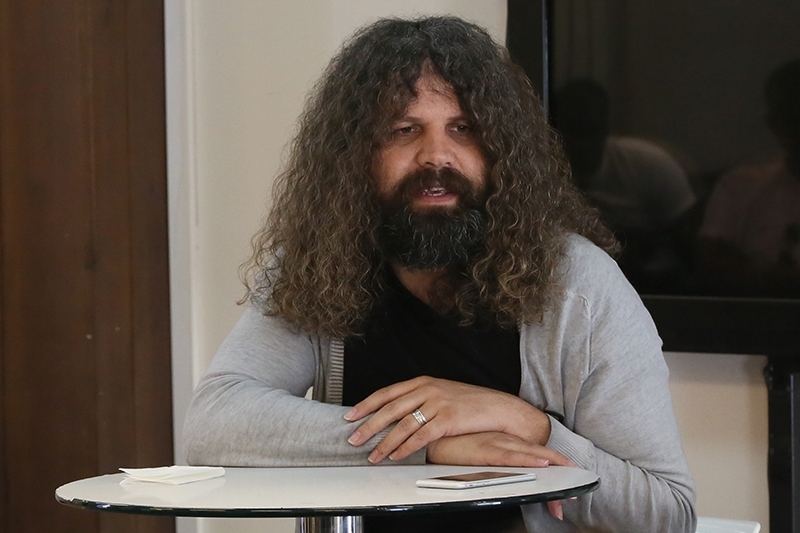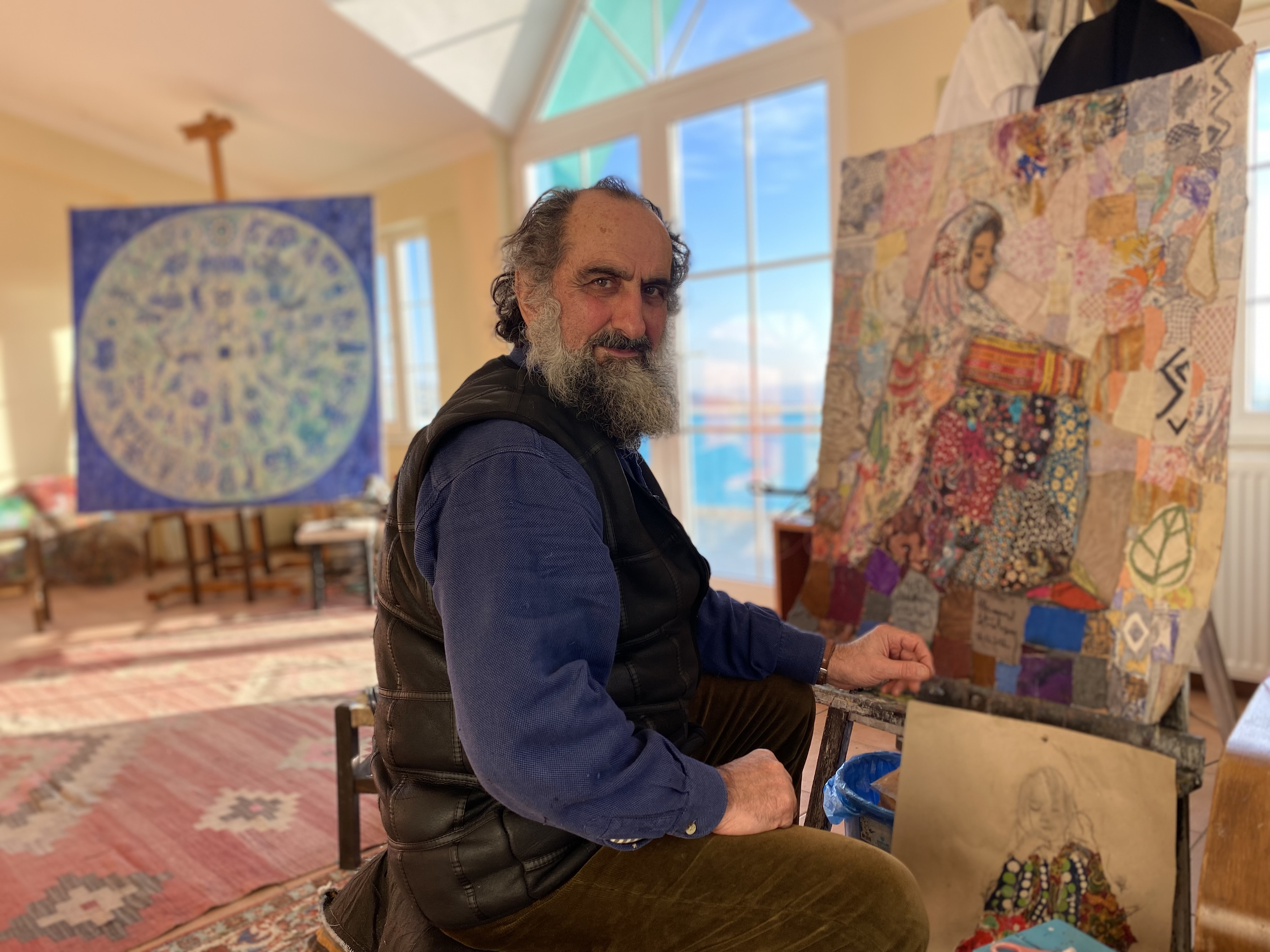Experts discuss contemporary art bubble on World Art Day
In the evolving landscape of contemporary art, debates arise as Utku Varlik questions imposed narratives, Ismail Erdogan notes disappearing foundations, and Ilhami Atalay emphasizes its impermanence
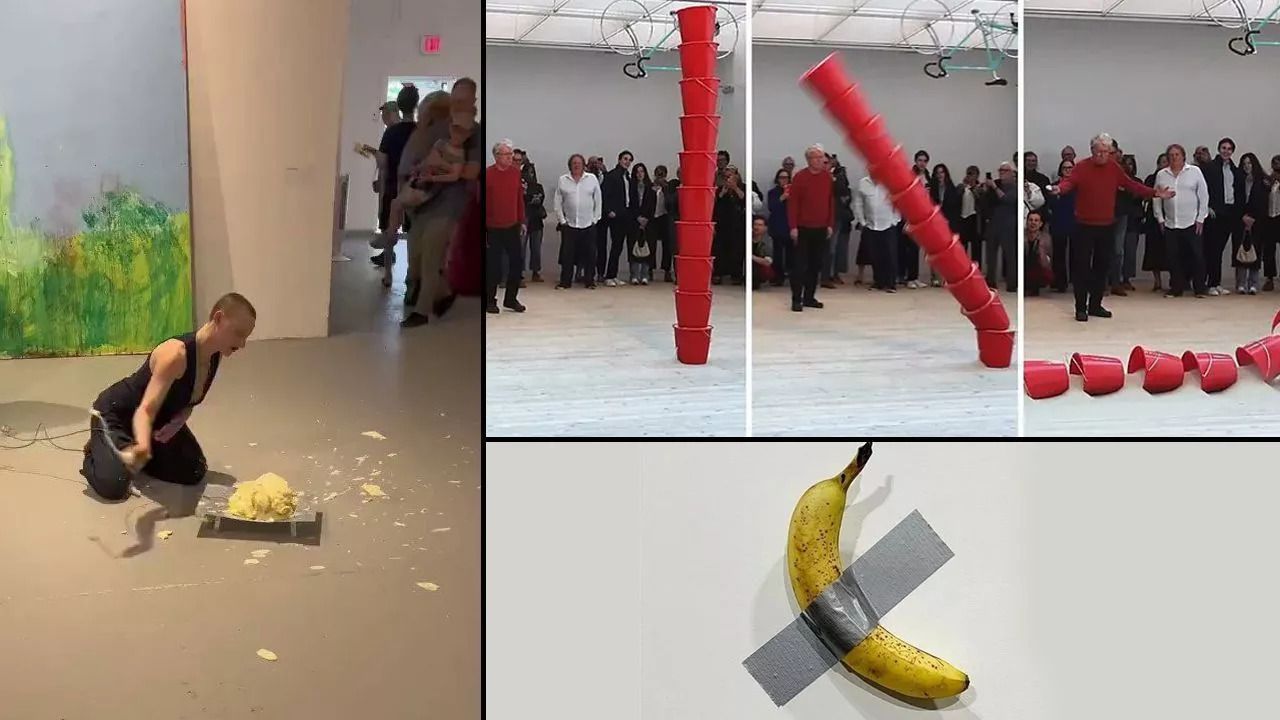
EXCLUSIVE BY MURAT OZTEKIN — A few years ago, at the opening of a major contemporary art exhibition, a crowd gathered around what appeared to be part of the display – several bags sprawled on the floor. After a short while, it became clear that these weren't artistic statements but simply the equipment bags of the cameramen. Laughter erupted later, but in the moment, the distinction between artwork and mundane objects was surprisingly subtle.
Yes, we encounter such incidents more frequently in contemporary art, where almost anything can be turned into a work of art, where the concept rather than aesthetics comes to the fore.
Despite being described as "artistic blows to butter" or buckets of sand poured "aesthetically," works of contemporary art, especially performances, have been generating increased discussion and interest in recent years.
However, this growing engagement hasn't necessarily translated into sales. Reports in the Western press suggest a recent slump, with many contemporary artworks either failing to find buyers altogether or selling for significantly less than their initial asking prices. This has led to calls for galleries to lower their prices.
Has art gone off the rails and become a hoax? Is a bubble bursting in the world of contemporary art where anything can be turned into a work of art?
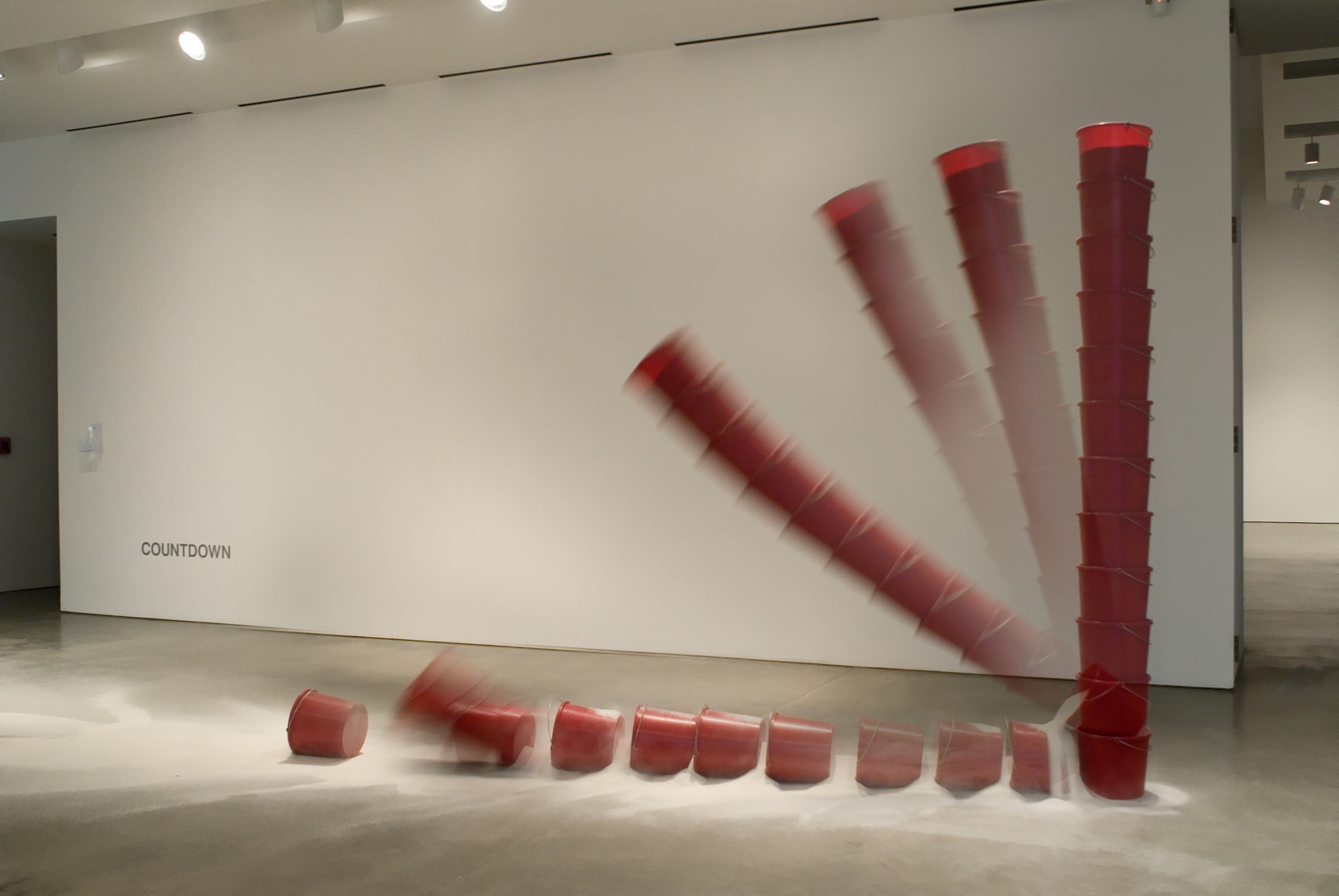
Contemporary artworks, such as Roman Singer's "sand bucket" performance, have gained widespread attention and discussion on social media.
We reached out to painters and critics to gather their perspectives on this matter on World Art Day.
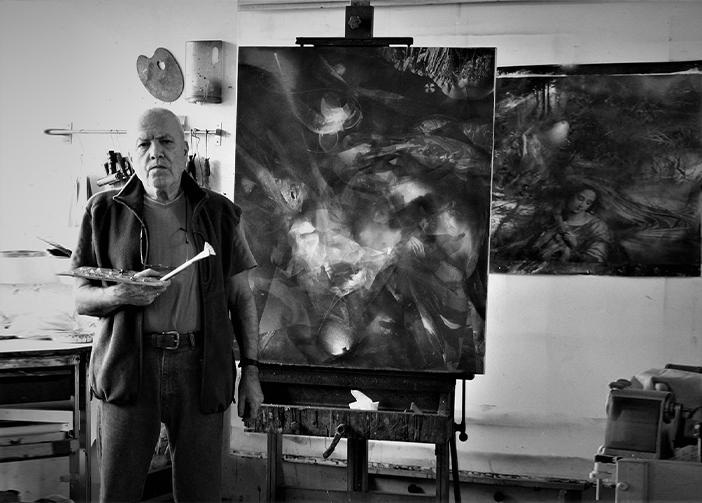
Utku Varlik, a well-known Turkish painter living in Paris, said: "I think contemporary art emerged out of boredom; it was a geopolitical and economic fiction. Contemporary art is something that is imposed, and no one is asked what they think!" He added that this form of art cannot be permanent.
Describing the history of contemporary art, Varlik said: "After World War II, the world was divided into two blocs: capitalism and communism, meaning another power that would rule this new world! This time the fight would be over culture and art, and the name would be 'Cold War'. This fiction was born in the U.S. The U.S. came out of the war very rich. They immediately mobilized the art foundations of the country's most famous billionaires under the direction of the Central Intelligence Agency (CIA). Names such as Jackson Pollock, Willem de Kooning, Rothko, etc., which were unknown until then, took part in the beginning of this war. The most important name behind these deviations was Michael Sonnabend, who was known as a CIA agent. He settled in Paris and brought these new trends to Europe for the first time. In the 1990s, contemporary art hit Europe's traditional art 'painting' like a virus, and almost all important galleries closed down. The museums that opened under the label 'modern' and the billionaire foundations that supported them became a very important force."
No more foundations
Curator and art critic Ismail Erdogan argues that contemporary art was born from an idea, not a hoax, but that everything changed over time.
"When we trace back to the origins of contemporary art, we find that this perception doesn't hold true. Duchamp and Rothko's contributions seemed consistent within Western art itself. However, a significant shift occurred in the nature of artistic expression, particularly with the integration of digital technologies. Now, whether individuals possess formal art education or not has become irrelevant. With contemporary art, there's a prevailing notion that anything can be art, devoid of rigid criteria. The essence of this shift lies in the recognition that art no longer relies on traditional foundations," he said.
"I don't believe contemporary art has reached saturation as it currently caters to a limited audience. However, humans inherently seek beauty. So many unappealing things are imposed on people under the name of art that they can only go on for so long. Ultimately, everything reverts to its authentic essence. The same will hold true for art, where genuine beauty will eventually be sought after," he added.
Art in crisis
Master painter Ilhami Atalay emphasized that contemporary art is in "crisis" and said, "At present, there's no notable new trend; instead, everyone is repeating old ones. This repetition stems from the inability to introduce a new philosophy."
"Everything has been turned into a show. Things are being done that have nothing to do with art. Take, for instance, a performance involving smearing one's face with mud, presented as artistic expression. Art should focus on permanent things and shed light on future generations. Contemporary art often falls short in this regard. Such works cannot be exhibited outside museums. They are not permanent. However, they are supported by some segments of society because of the identities of their creators. If we disregard aesthetics, which is a measure of beauty, there will be no art!" he added.
Source: Newsroom


